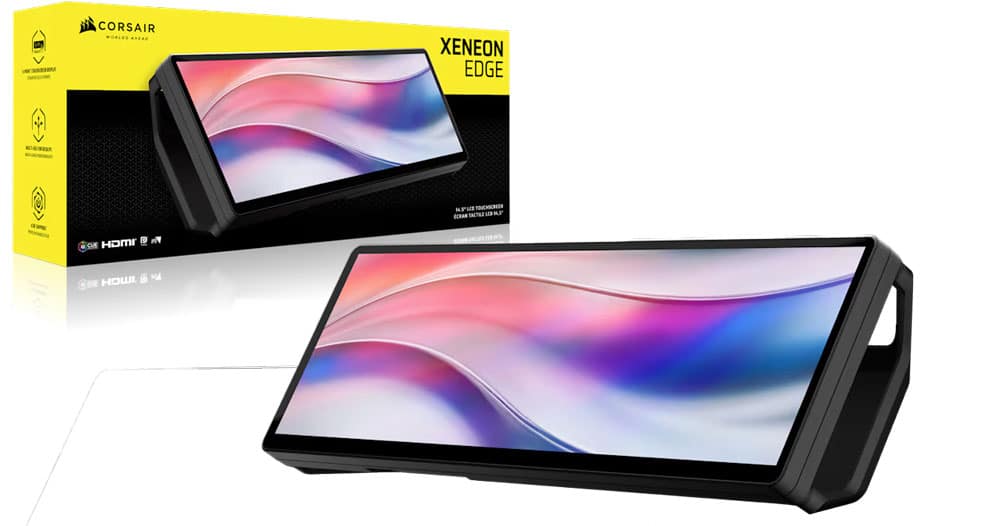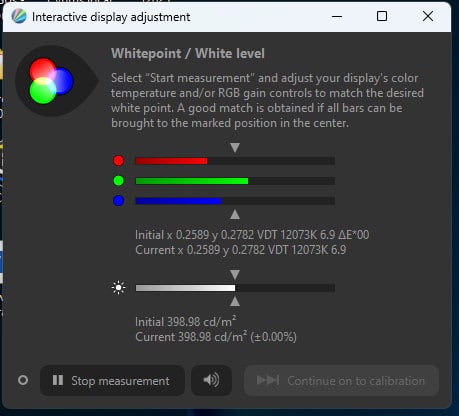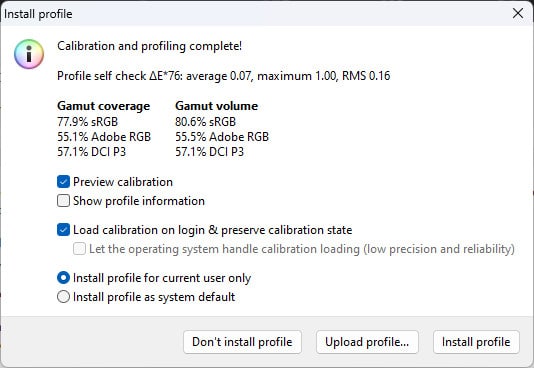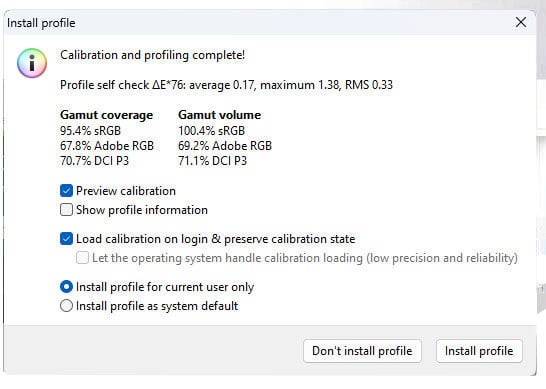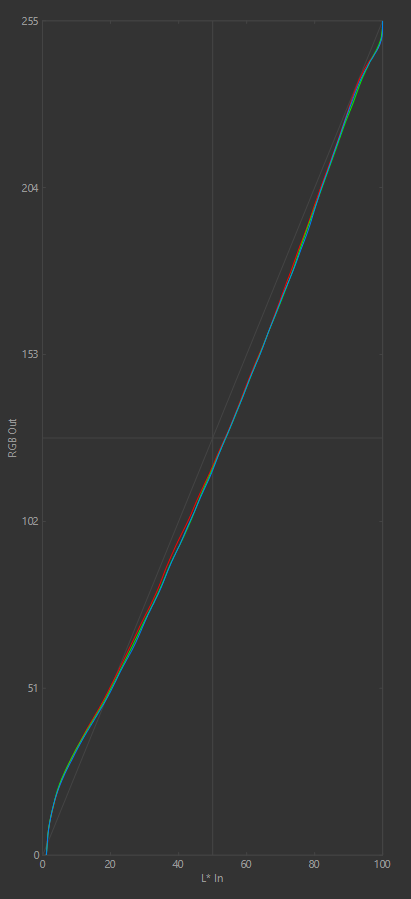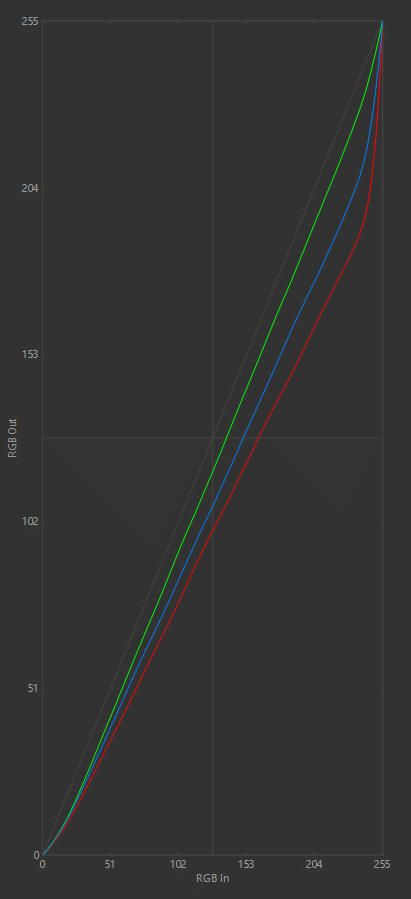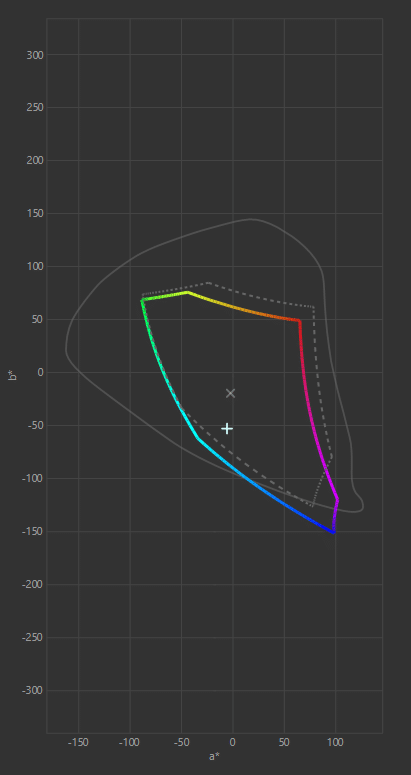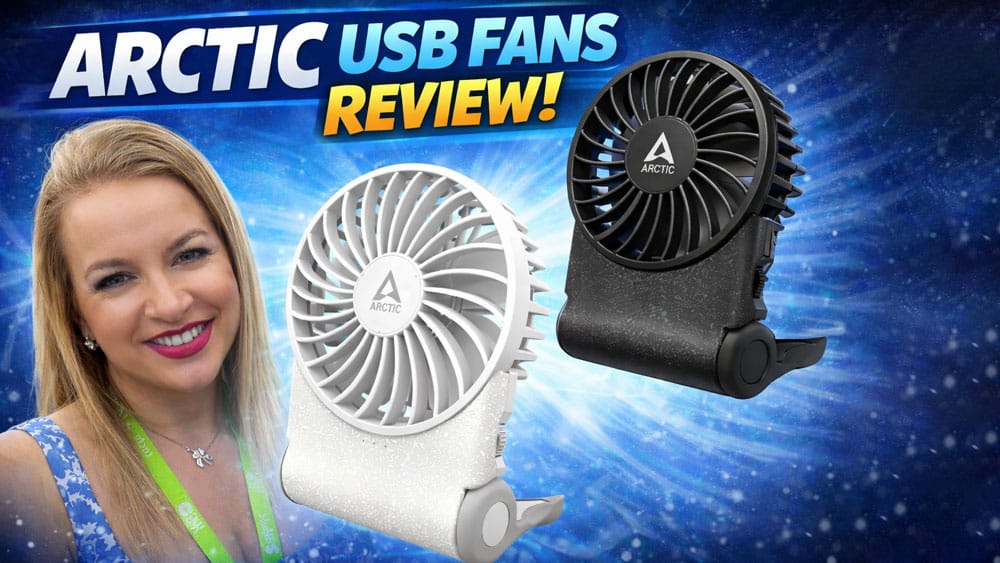Measurements
Although we have at our disposal lab-grade equipment to assess the performance of any type of display, including PC monitors, we didn’t find it necessary to conduct unlimited tests to this small monitor, since its primary purpose is not to be used as your main monitor. The primary requirement is high brightness, which, as you will see below, is not a problem for the Xeneon Edge.
To check and calibrate the monitor, I used DisplayCal along with a Calibrite Display Plus HL.
With a brightness of nearly 400 cd/m², this small monitor is sure to catch your eye. The smaller the display, the easier it is to achieve higher brightness readings. Moreover, by default and in my system at least, Green prevailed.
I know that the comparison is not entirely fair. Still, I wanted to highlight the differences in Gamut coverage and volume between the Edge and the high-end Xeneon Flex monitor.
|
|
The calibration results are not optimal, but for the Xeneon Edge, they will suffice.
